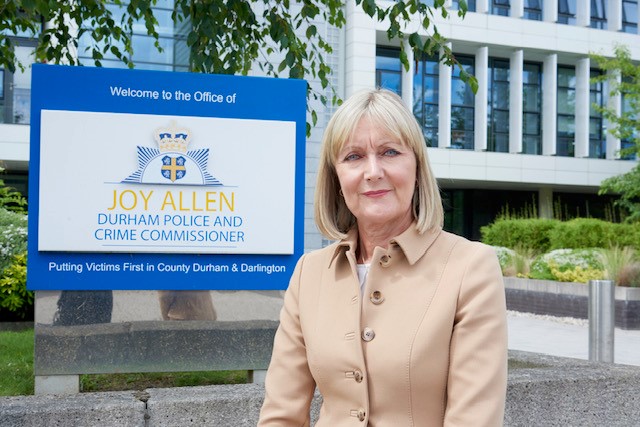Last week I was invited by Durham Roads and Armed Policing Team to see the excellent work they are doing in partnership with Durham County Council to discourage dangerous driving on our roads.
The new road safety course was delivered to Durham County Council apprentices and covered the ‘Fatal Four’ driving behaviours linked to collisions – speeding, driving under the influence of alcohol or drugs, not wearing seat belts, and using mobile phones while driving.
Shocking statistics revealed that between 2019 and 2023 there were 441 road traffic collisions across the force area involving drivers aged between 16 and 24. Tragically thirteen of these were fatal while 97 were serious and 331 were slight.
And that’s just drivers. The data also showed 74% of the casualties (aged between 17 and 24) were passengers. Alarmingly 40% of those aged between 16-18 were not wearing a seatbelt. This is something we have to address as too many lives are being lost as a result of not belting up.
Frustratingly, most of these collisions and, more importantly, deaths could have been prevented. This is why educating young drivers and potential passengers about dangerous driving is so important to us all.
However, we don’t just need to educate young drivers we need to educate the parents and grandparents who are often unaware of these heightened risks, despite paying for, or contributing to, driving lessons, car insurance and cars.
I know how shocked I was when I learnt about these statistics when I worked for the fire service and my son, at the time, was learning to drive. As a parent I was completely unaware of the increased risk of new drivers, particularly male drivers, carrying passengers and driving late at night.
Parents and grandparents can help us save precious lives by discouraging the ‘Fatal 4’ and encouraging the adoption of technology that promotes safe driving. For example, many insurers offer ‘black box’ telematics technology to young drivers. These devices monitor speed, driving style and other factors and can also be used to set curfews, so young drivers are not able to drive during high-risk hours, i.e. late at night.
Key risk factors for young drivers:
Carrying passengers
• Newly qualified drivers with a car full of passengers of similar age are four times more likely to be in a fatal crash, compared with when driving alone.
Driving at night
• Young drivers have a higher proportion of crashes in the evenings and early mornings.
Speeding
• Young men are much more likely to be involved in a fatal crash caused by speeding than young female drivers, unfortunately young female passengers can be injured as a result of dangerous male drivers.
Mobile phones
• The RAC found around half of young people (aged 17-24) admitted to using their mobile phone behind the wheel, the highest proportion of all age categories.
Seat belts
• Young drivers and passengers may not always belt up when in a car with friends, due to peer pressure, despite the risk of death or serious injury in a collision.
Educating young drivers about road safety is key to saving lives. But, by extending this education to parents and grandparents, we can all work together to reduce the number of those killed and seriously injured on our roads. Life is too precious not to!
Joy Allen Durham Police and Crime Commissioner









